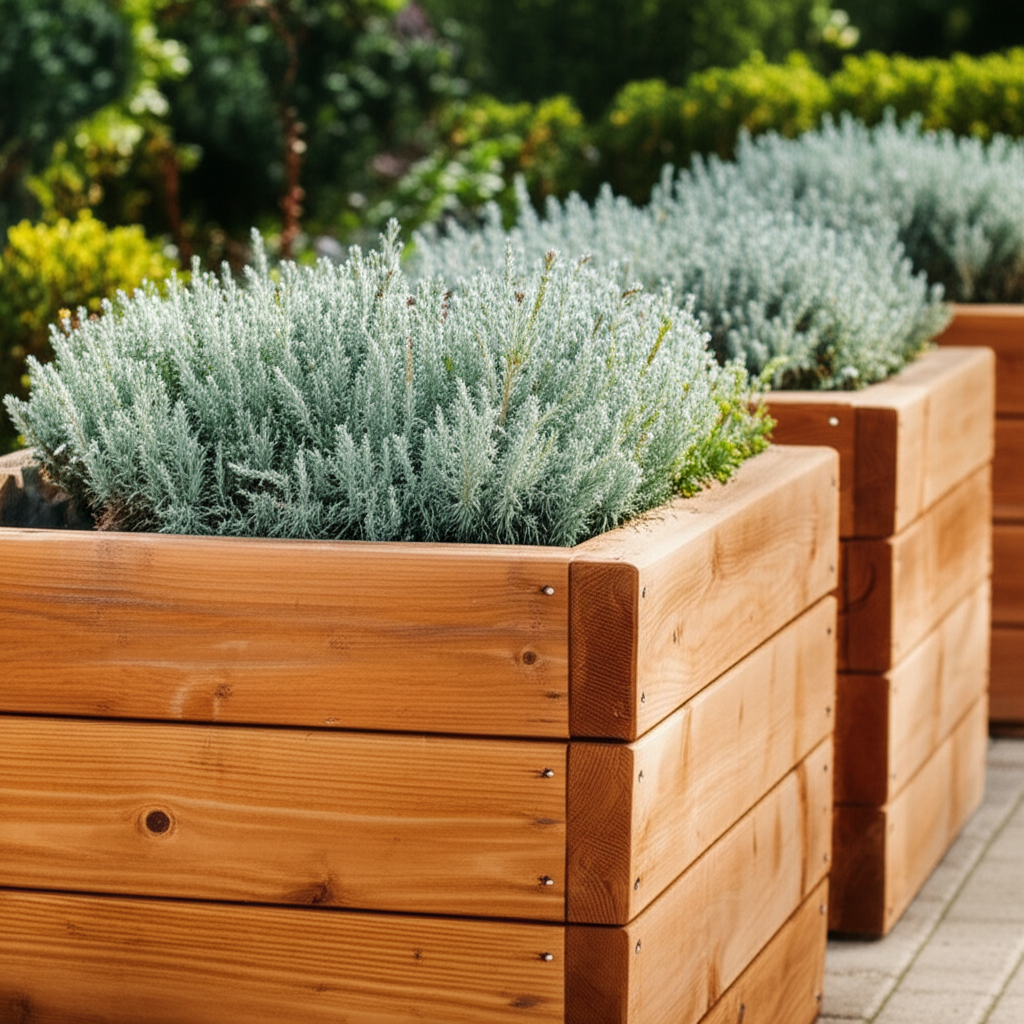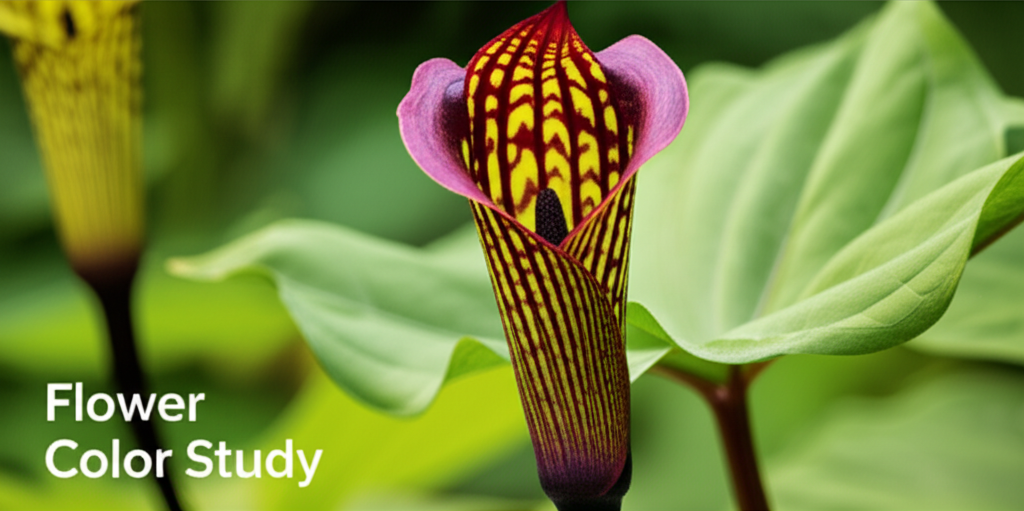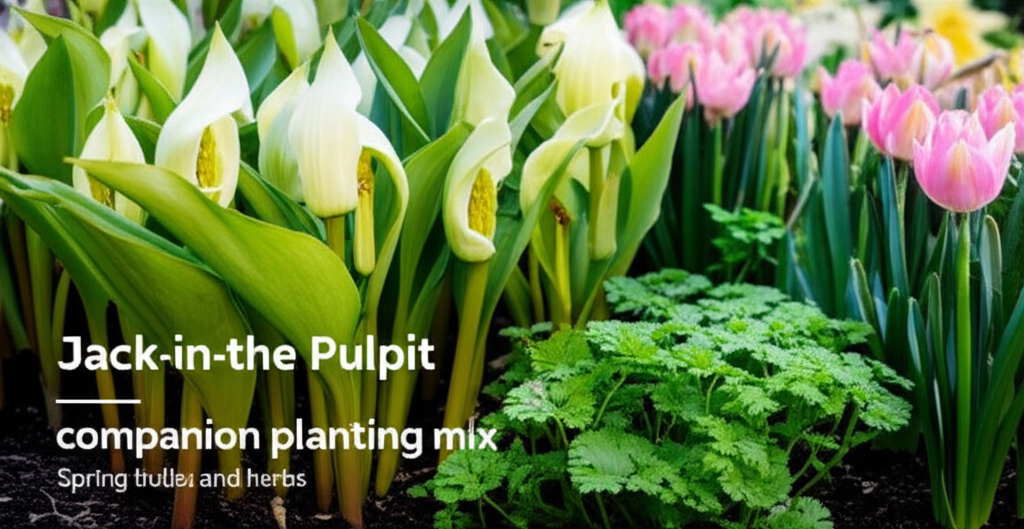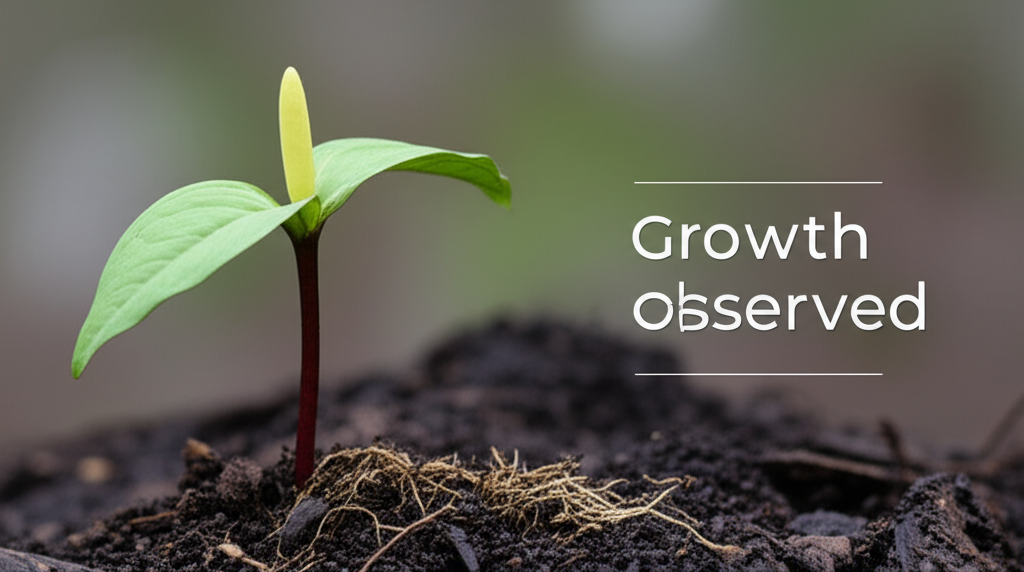Blue Star Juniper in Raised Planter Boxes: Stunning Raised Planter Joy
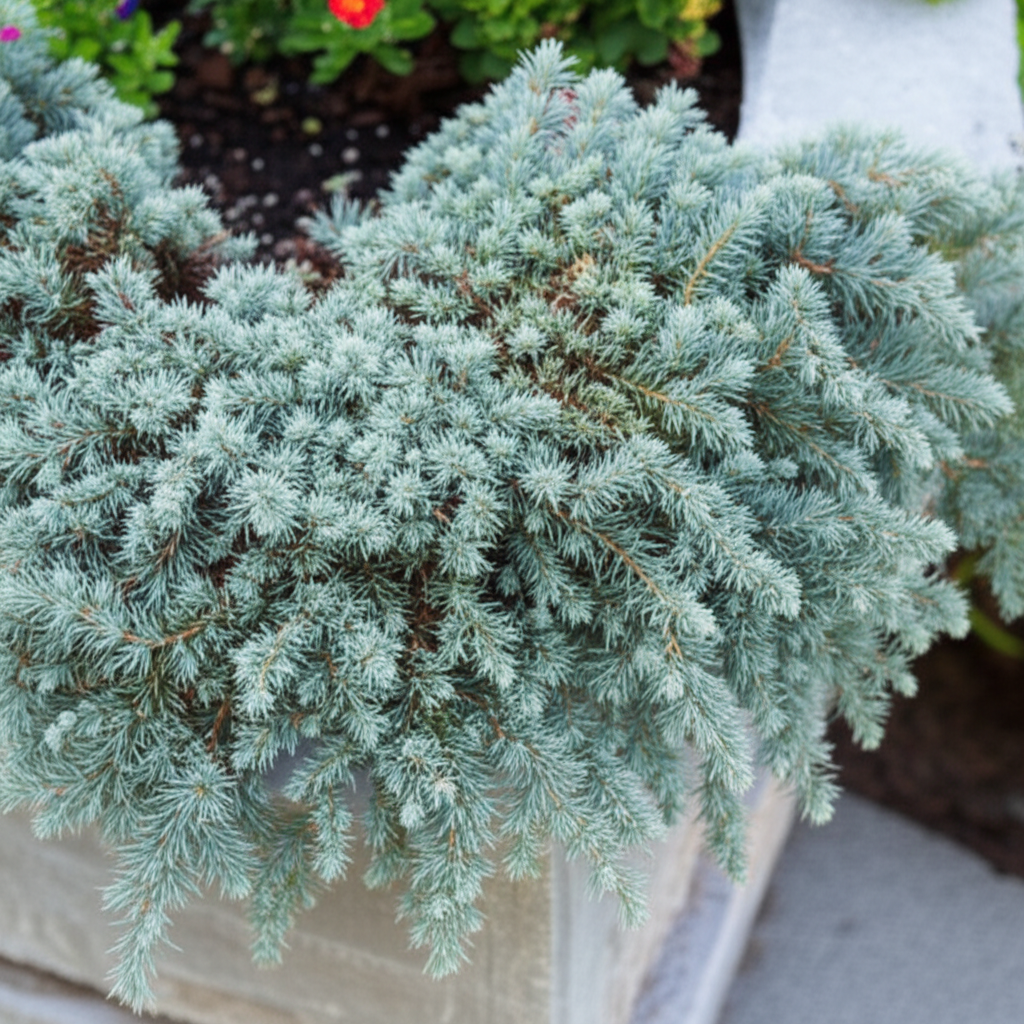
Engaging Introduction
Ever found yourself gazing at a beautifully manicured garden, spotting those striking, silvery-blue shrubs, and wondering, “Can I achieve that same captivating look with a Blue Star Juniper, especially in a raised planter box?” You’re not alone! The unique texture and cool, blue-green foliage of the Blue Star Juniper (Juniperus squamata ‘Blue Star’) make it a sought-after specimen for adding architectural interest and a touch of elegance to any garden design. But when it comes to container gardening, particularly in raised planter boxes, questions about its suitability, care, and potential for vibrant growth naturally arise. Understanding how to successfully integrate this compact evergreen into your raised beds isn’t just about aesthetics; it’s about ensuring the long-term health and vigor of your plant, optimizing your garden’s productivity, and contributing to a more sustainable, manageable gardening experience. Let’s delve into the world of Blue Star Juniper and discover the joy it can bring to your raised planter boxes.
Quick Answer Box
Yes, Blue Star Juniper thrives exceptionally well in raised planter boxes, provided they offer excellent drainage and adequate sunlight. Raised planters are ideal for managing the juniper’s specific soil and moisture needs, preventing waterlogging and promoting healthy root development, making them a fantastic choice for both novice and experienced gardeners seeking a low-maintenance, visually stunning addition to their landscape.
What is Blue Star Juniper and Why It’s Important in Gardening
The Blue Star Juniper, scientifically known as Juniperus squamata ‘Blue Star’, is a dwarf, slow-growing evergreen shrub celebrated for its distinctive star-shaped, needle-like foliage. This cultivar is a horticultural gem, prized for its intense silvery-blue color that remains vibrant throughout the year, offering a consistent splash of cool-toned beauty even in the depths of winter. Its compact, mounding habit, typically reaching only 2-3 feet in height and a similar spread, makes it an incredibly versatile plant.
In the context of gardening, the Blue Star Juniper is important for several key reasons:
Aesthetic Appeal: Its unique color and texture provide a dramatic focal point, adding depth and contrast to garden beds, rock gardens, and, crucially, raised planter boxes. It pairs beautifully with a wide range of plants, from vibrant annuals to other complementary evergreen and deciduous shrubs.
Low Maintenance: Once established, Blue Star Juniper is remarkably drought-tolerant and requires minimal pruning, making it an excellent choice for gardeners seeking beautiful results with less effort.
Year-Round Interest: As an evergreen, it provides consistent color and structure to the garden throughout all seasons, contributing significantly to winter interest when many other plants have gone dormant.
Container Suitability: Its compact size and adaptability make it a prime candidate for container gardening. Raised planter boxes, in particular, offer an excellent environment for managing its specific needs.
Quick Recommendations or Key Insights about Blue Star Juniper in Raised Planter Boxes
Drainage is Paramount: Blue Star Juniper loathes wet feet. Ensure your raised planter box has ample drainage holes.
Sun Lover: Aim for at least 6-8 hours of direct sunlight daily for the best color and growth.
Well-Draining Soil Mix: Use a sandy, well-draining potting mix, ideally with added perlite or grit. Avoid heavy, compacted soils.
Water Wisely: Water deeply but infrequently, allowing the soil to dry out slightly between waterings.
Winter Protection (in harsh climates): While hardy, extreme cold combined with drying winds can damage foliage. Consider temporary wrapping in very cold regions.
Minimal Pruning: Only prune to shape or remove dead/damaged branches. Avoid heavy shearing.
Detailed Breakdown of Blue Star Juniper in Raised Planter Boxes
Can Blue Star Juniper Grow in Raised Planter Boxes? The Scientific and Practical Perspective
The Scientific Perspective (Botany and Plant Biology):
Blue Star Juniper (Juniperus squamata ‘Blue Star’) belongs to the cypress family (Cupressaceae). Junipers, in general, are well-adapted to well-drained, often rocky or sandy soils. Their root systems are typically fibrous and designed to seek out moisture efficiently without becoming waterlogged. Juniperus squamata cultivars, including ‘Blue Star’, inherit these characteristics.
The primary challenge for any plant in a container, and specifically a raised planter box, is managing the soil moisture and aeration. Unlike in-ground planting where soil can drain into surrounding earth, a container is a closed system. This means that if the potting medium retains too much water or is poorly aerated, the roots can suffocate due to a lack of oxygen, leading to root rot. Root rot, often caused by Phytophthora or Pythium fungi, is a common killer of containerized plants, especially those that prefer drier conditions.
Blue Star Juniper’s preference for “well-drained” soil translates to a need for a potting mix that allows water to pass through quickly, leaving behind enough moisture for root uptake but not so much that it stagnates. Raised planter boxes offer a significant advantage here because their elevated structure inherently promotes better drainage than planting directly at ground level, where soil compaction and poor natural drainage can be issues. The increased air circulation around the root ball in a raised planter also helps the soil dry out more evenly.
Practical Applications:
From a practical standpoint, the answer is a resounding yes. Blue Star Juniper is an ideal candidate for raised planter boxes for several reasons that directly benefit the gardener:
1. Controlled Environment: Raised planters allow you to create the perfect soil blend, tailored specifically to the juniper’s needs. You are not limited by the existing soil quality in your garden.
2. Improved Drainage: As mentioned, raised boxes naturally facilitate better drainage than planting directly in the ground, mitigating the risk of root rot, which is crucial for Blue Star Juniper.
3. Accessibility: Planting in raised boxes makes tending to your juniper easier, from watering and occasional feeding to pruning and admiring its color. It reduces the need for bending and kneeling.
4. Aesthetic Enhancement: Raised planters lift the plant, making its striking blue foliage more visible and impactful, turning it into a true landscape feature. It also helps define garden spaces.
5. Soil Management: For gardeners with heavy clay or poorly draining native soils, raised beds are a game-changer, allowing them to grow plants that might otherwise struggle.
Common Myths:
Myth: Junipers are “unkillable” and will grow anywhere.
Reality: While hardy, junipers, especially in containers, are susceptible to root rot if overwatered or planted in poorly draining soil. They also need adequate sunlight to maintain their vibrant color.
Myth: You can’t grow shrubs in containers long-term.
Reality: With proper care, including appropriate container size, soil, and occasional repotting, shrubs like Blue Star Juniper can thrive in raised planters for many years.
Myth: Blue Star Juniper requires acidic soil.
Reality: Junipers generally prefer neutral to slightly alkaline soils. While they tolerate a range, excessively acidic soil is not ideal.
How to Plant and Care for Blue Star Juniper in Raised Planter Boxes
Step-by-Step Gardening Instructions:
1. Choose the Right Raised Planter Box:
Material: Opt for wood (cedar or redwood are naturally rot-resistant), metal, or durable composite materials. Ensure it’s sturdy enough to hold the soil and plant.
Size: Select a planter that is at least 18-24 inches in diameter and depth for a mature Blue Star Juniper. It should be significantly wider than it is tall to accommodate its spreading habit and provide ample root space.
Drainage Holes: This is non-negotiable. Ensure the box has multiple, adequately sized drainage holes at the bottom. If there are none, you’ll need to drill them.
2. Select the Ideal Location:
Sunlight: Blue Star Juniper needs at least 6-8 hours of direct sunlight per day to maintain its best blue color and healthy growth. A south-facing or west-facing location is often ideal.
3. Prepare the Potting Mix:
The Blend: Do not use plain garden soil, as it compacts too easily in containers. Create a custom blend or purchase a high-quality potting mix formulated for cacti, succulents, or general containers.
Enhancements: For optimal drainage, amend your potting mix with 1/3 coarse sand, perlite, or horticultural grit. A good starting point is: 2 parts quality potting mix, 1 part compost, and 1 part perlite or coarse sand.
pH: Junipers prefer a slightly alkaline to neutral pH (6.0-7.5). Most quality potting mixes fall within this range.
4. Planting the Blue Star Juniper:
Timing: The best time to plant is in spring or early fall, avoiding extreme heat or cold.
Acclimatize: If the juniper has been in a plastic nursery pot, water it thoroughly a few hours before planting.
Positioning: Place a layer of your prepared potting mix at the bottom of the raised planter. Gently remove the juniper from its nursery pot. Inspect the roots; if they are tightly circling (root-bound), gently loosen them with your fingers or a clean knife.
Planting Depth: Set the juniper in the planter so that the top of its root ball is about 1-2 inches below the rim of the planter. This allows space for watering.
Fill and Firm: Fill the rest of the planter with your potting mix, gently firming it around the root ball to eliminate large air pockets. Avoid packing it too tightly.
5. Initial Watering:
Water the newly planted juniper thoroughly until water drains from the bottom holes. This helps settle the soil around the roots.
6. Mulching:
Apply a 1-2 inch layer of organic mulch (like pine bark chips or gravel) around the base of the juniper, keeping it a few inches away from the trunk. Mulch helps retain soil moisture, suppress weeds, and regulate soil temperature.
Techniques and Real-Life Examples:
Example 1: The Focal Point Planter: Imagine a rectangular raised planter box at the end of a walkway. A single, well-established Blue Star Juniper planted in the center, surrounded by low-growing creeping thyme or sedum, creates a stunning, low-maintenance entryway feature. The juniper’s blue hue draws the eye, while the groundcovers add texture and further aid drainage.
Example 2: The Mixed Container: In a larger, deeper raised planter, combine Blue Star Juniper with other drought-tolerant and sun-loving plants. Consider pairing it with ornamental grasses like Karl Foerster feather reed grass for height and movement, or with colorful succulents like Sedum ‘Autumn Joy’ for contrasting color and bloom. Ensure all plants have similar light and watering needs.
Watering Technique: Instead of light, frequent watering, adopt a “deep and infrequent” approach. Water deeply enough to moisten the entire root ball, then allow the top 2-3 inches of soil to dry out before watering again. This encourages deeper root growth.
Pruning Technique: Blue Star Juniper generally requires very little pruning. If you need to remove a dead or damaged branch, use clean, sharp bypass pruners. If you want to maintain a specific shape, prune lightly in late winter or early spring before new growth begins. Never prune into old wood where there are no needles, as it may not regrow.
Practical Applications in the Garden
Integrating Blue Star Juniper into your raised planter boxes offers a wealth of practical applications for enhancing your garden’s design and functionality:
Container Garden Design: It’s perfect for creating a focal point on a patio, deck, or balcony. Its slow growth and compact size prevent it from quickly outgrowing its container, unlike many other shrubs.
Zone Definition: Use raised planters with Blue Star Juniper to visually define garden areas, such as separating a seating area from a vegetable patch, or marking the entrance to a pathway.
Soil Improvement Showcase: If you have a garden with poor soil, raised planters allow you to grow plants that demand better conditions, like the Blue Star Juniper, effectively showcasing how good soil management can transform your gardening capabilities.
Winter Interest: Even when snow covers the ground, the silvery-blue foliage of the juniper in its raised planter will provide a striking visual element, preventing your garden from looking barren during the colder months.
Drought-Tolerant Landscaping: Once established, Blue Star Juniper is quite drought-tolerant, making it suitable for water-wise gardening. Raised planters, with their controlled watering, can help achieve this balance.
Common Mistakes to Avoid
Overwatering: This is the most common killer of junipers in containers. Always check soil moisture before watering. Raised planters help, but overenthusiastic watering can still lead to root rot.
Avoidance: Stick to the “deep and infrequent” watering rule. Invest in a moisture meter if you’re unsure.
Poor Drainage: Using a potting mix that is too heavy or failing to ensure adequate drainage holes in the planter will suffocate the roots.
Avoidance: Always use a coarse, well-draining potting mix and ensure your planter has plenty of drainage holes.
Insufficient Sunlight: While it can tolerate some partial shade, Blue Star Juniper’s signature blue color is most vibrant and its growth is healthiest in full sun. Too much shade can lead to sparse growth and a greener hue.
Avoidance: Place your raised planter in a location that receives at least 6-8 hours of direct sunlight daily.
Planting Too Deeply: Burying the crown of the plant (where the roots meet the stem) can lead to rot.
Avoidance: Ensure the top of the root ball is level with or slightly below the soil surface, keeping the crown exposed.
Using Garden Soil: Standard garden soil compacts easily in containers, reducing aeration and drainage.
Avoidance: Always use a high-quality potting mix specifically designed for containers, amended for excellent drainage.
Over-Pruning: Junipers do not respond well to heavy shearing or pruning into old wood.
Avoidance: Prune only to remove dead or damaged branches, or for very light shaping in late winter/early spring.
Expert Tips or Pro Insights
The “Gritty Mix” Approach: For the ultimate drainage and aeration, many professionals recommend a “gritty mix” for junipers in containers. A common ratio is 1:1:1 of coarse sand, perlite, and compost or coco coir. This creates a highly porous medium that mimics the natural conditions junipers prefer.
Winter Protection in Containers: In colder climates (USDA Zones 4-5), juniper roots in containers are more vulnerable to freezing than those in the ground. To protect them, consider:
Grouping: Move planters closer together against a sheltered wall.
Insulation: Wrap the outside of the planter with burlap, bubble wrap, or straw.
Moving: If possible, move smaller planters into an unheated garage or shed for the harshest part of winter. Ensure they still get a little light.
Repotting: Blue Star Juniper is a slow grower, but eventually, it may outgrow its planter. Look for signs like roots emerging from drainage holes or reduced vigor. Repot every 3-5 years into a slightly larger container (2-4 inches wider) with fresh potting mix, typically in early spring.
Fertilizing Sparingly: Junipers are not heavy feeders. If you use a good quality potting mix with compost, you may not need to fertilize at all. If you choose to fertilize, do so in early spring with a balanced, slow-release fertilizer, following package directions. Over-fertilizing can lead to weak, leggy growth and burn the roots.
Aesthetic Companions: For a sophisticated look, pair Blue Star Juniper with plants that offer contrasting textures and colors. Consider plants with fine, feathery foliage like ornamental grasses, or plants with bold, broad leaves like hostas (in partial shade if mixed) or succulents.
Seasonal or Climate Considerations
Spring: This is the ideal time to plant or repot Blue Star Juniper. As temperatures rise, the plant will begin its active growth phase. Keep a close eye on watering needs as temperatures increase.
Summer: Ensure consistent watering during hot, dry periods, but always allow the soil to dry out between waterings. Full sun is crucial for optimal color. Monitor for any signs of stress from extreme heat.
Autumn: Reduce watering frequency as temperatures cool. This is a good time to assess the plant’s condition and prepare for winter. The blue color often intensifies with cooler temperatures.
Winter: In colder climates (USDA Zones 4-5), protection for the roots in raised planters is essential due to the lack of ground insulation. In milder climates (Zones 6-8), it typically requires no special winter care, though protection from harsh, drying winds might be beneficial.
Climate Zones:
Zones 4-5: Requires winter protection for roots in raised planters. Full sun is ideal, but afternoon shade can be beneficial in very hot summers.
Zones 6-8: Thrives with full sun. Generally hardy, but may appreciate some protection from the most intense summer sun in the hottest regions (Zone 8b/9a).
Zones 9-10: May struggle with intense heat and humidity. Afternoon shade is highly recommended to prevent scorching, and very careful watering to avoid root rot in consistently warm conditions is crucial.
Buying Guide or Decision-Making Process
When selecting a Blue Star Juniper for your raised planter boxes, consider these factors:
1. Plant Health:
Foliage: Look for a plant with dense, evenly colored silvery-blue foliage. Avoid plants with browning or yellowing needles, which can indicate stress or disease.
* Root System: Gently tip the
